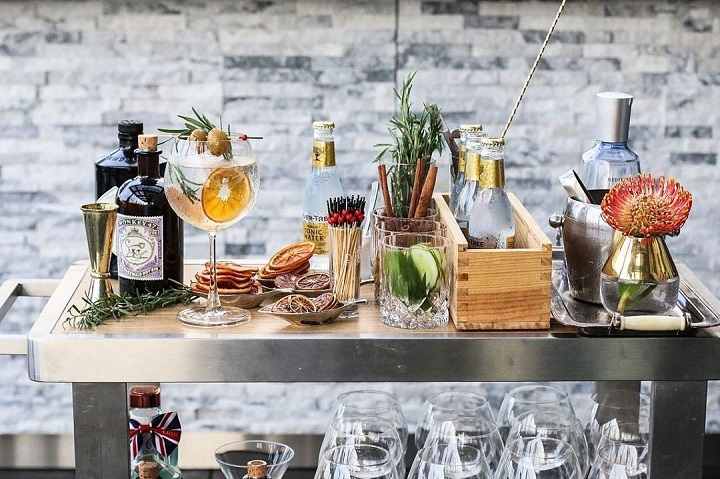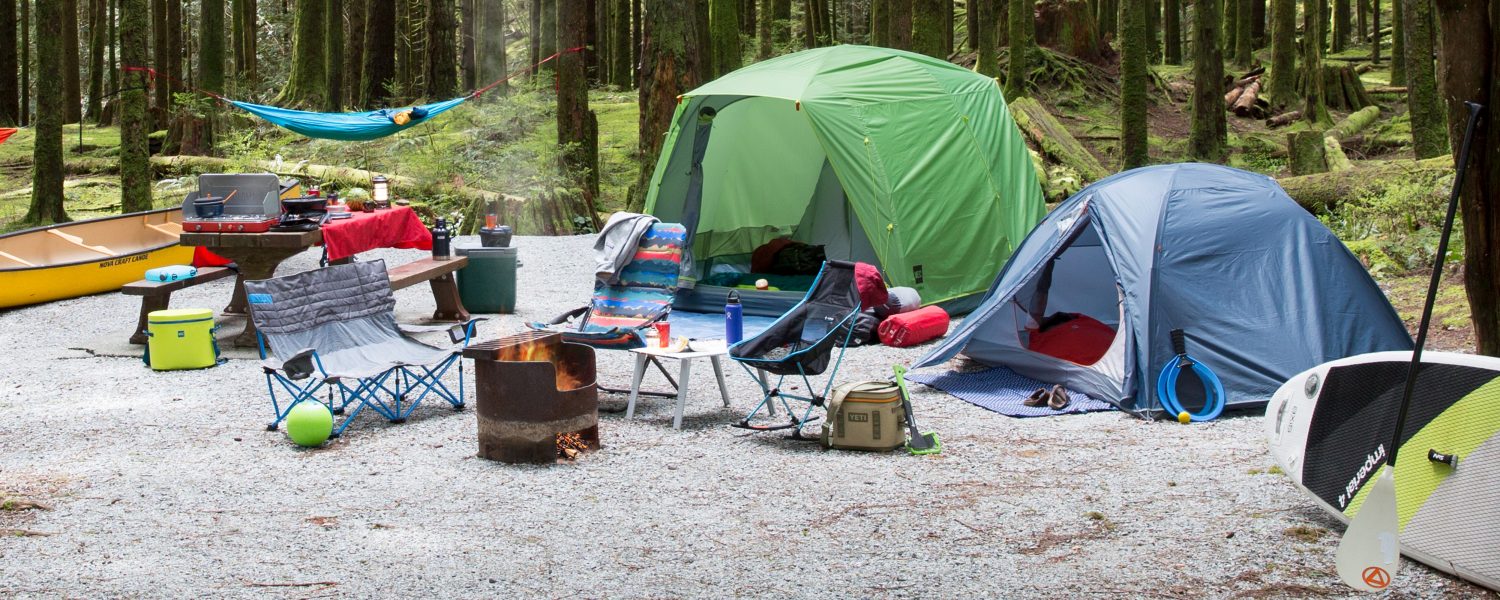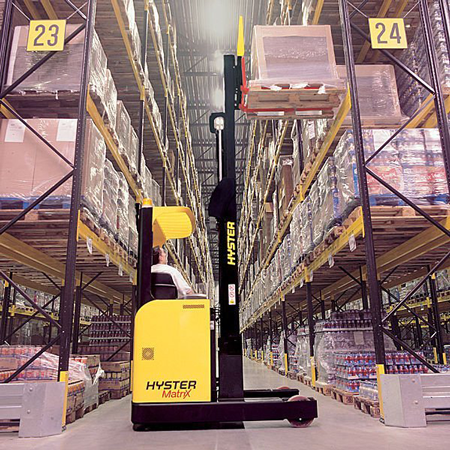Beginner’s Guide to BMX Protective Gear
If you’re just starting with BMX racing, you might be wondering what kind of protective gear you need. Once you’re more experienced and know more about your needs, you’ll see what works and what doesn’t for you. We all know the importance of good BMX parts to take your experience to the next level but taking care of yourself while riding is equally, if not more, important.
Especially if your kid is beginning to ride, we as parents, tend to be overprotective at times. So we end up buying lots of things that won’t be actually used. But there are some basics that every beginner needs to be protected. You can easily find everything in a well-stocked BMX shop.
Don’t Leave Home Without These Pieces of Essential BMX Protective Gear!
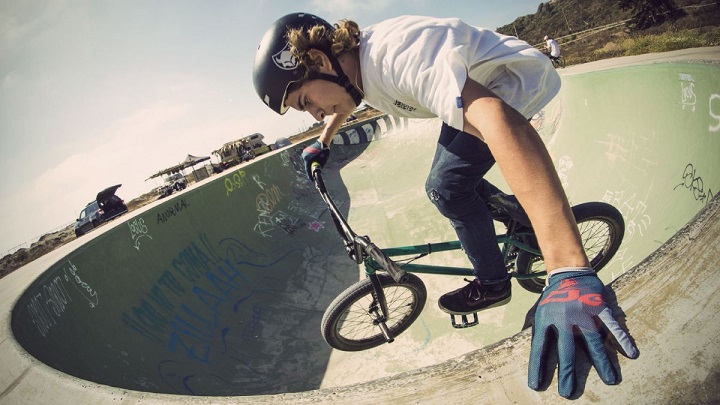
A Good Helmet
What’s more important than protecting the head? Having a quality certified BMX helmet reduces the risk of head injury and can be life-saving. You need to choose the right fit that will serve its purpose and that you’ll wear all the time.
Openface BMX Helmets
Open-face helmets are the ones that don’t cover your face. They’re more lightweight and better for hot days. They allow you to hear better because they’re not that isolating as full-face BMX helmets.
Fullface BMX Helmets
These protect your full face including your chin, jaw, and cheeks. They’re better for high-speed riding or jumping. They’re heavier than the open-face ones.
Why Certification Is Important?
Helmets need to be certified because this means that they’ll protect you the best. In this way, you’ll be sure that the helmet you buy is efficient. To be approved for certification, BMX bike helmets go through a testing process that’ll ensure that they’re made good enough to meet safety standards.
Mind the Material the Helmet Is Made Of
Helmets can be lined on the inside with EPS (expanded polystyrene) which is a crushable foam. It’s the standard when it comes to helmets and it’s lightweight. It’s a single impact helmet which means that it’ll protect you from one crush and it’s recommended to replace it afterwards. Even if you haven’t been in a crush, you would want to replace it after several years because the foam loses its ability to protect.
SXP (surface activated expanded polypropylene), SEPP (super expanded polypropylene), and EPP (expanded polypropylene) are other types that are considered to be multi-impact helmets. They absorb the impact and you can continue to wear them unless visibly broken. Although to be 100% sure, you might want to replace your BMX helmet after every big impact.
How Should the Helmet Fit?
You should always try on helmets before buying. It should be comfortable and not moving on your head. It shouldn’t be too big and even if the chin strap is tightened it can’t provide full support, and it shouldn’t be too small because it won’t cover your head entirely. It shouldn’t be too low on your forehead or too tilted in the back. If you don’t feel like it’s the proper fit, don’t buy it just because you need one. Go and find one that’ll protect you for sure.
Elbow Pads and Gloves
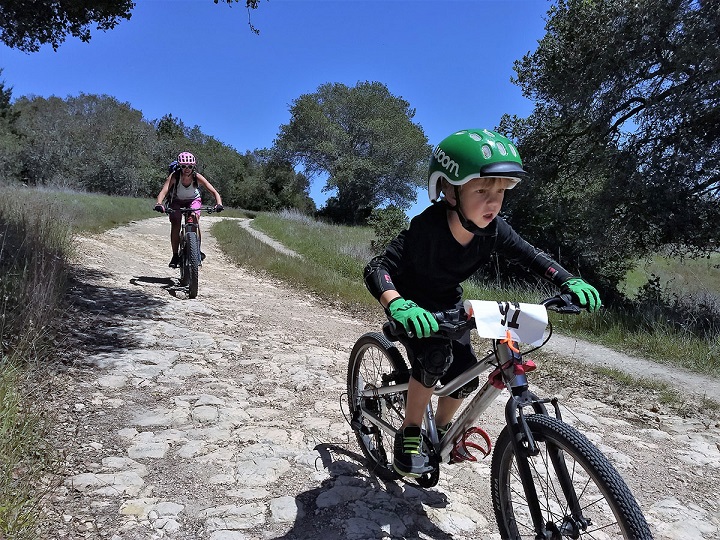
Elbow pads will make sure that your elbows don’t get bruised or broken. They’re impact-absorbing and should be moisture-absorbing so you can feel cool, comfortable, and not sweat. They could have silicone or elastic grippers that will ensure that the pad stays in place and you need to choose breathable materials. Elbow pads can have various lengths. They can go high up the arm or protect just the elbow.
- Hard-shell pads – They’re bigger and bulkier. They offer more protection but can’t be worn under your clothes.
- Soft-shell pads – They’re softer, lightweight, and don’t have hard parts. So they offer lower protection but can be worn under clothes.
Gloves are essential to protect your hands and keep them dry so they don’t slip off the handlebars. They can keep you warm and help you feel all the bumps on the road less. You want them to be light, thin, and made of good and durable materials that can protect you in the case of a fall.
Knee and Shin Pads
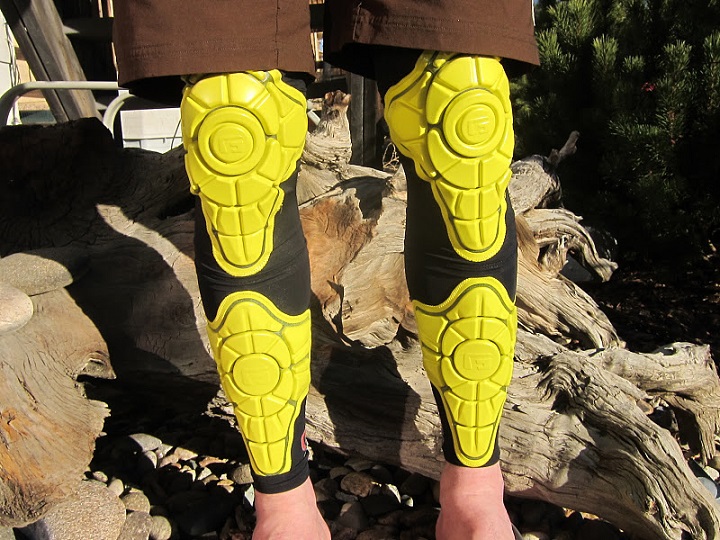
The legs are the most important part when riding but also the most exposed to injuries. Maybe scratching your knee doesn’t sound like a big deal but you may get seriously hurt and that will prevent you from riding for months. This is what knee and shin pads are for.
They also can be hard-shell or soft-shell. The one you choose depends on the type of riding. If you’re BMX racing or jumping you need hard-shell pads that’ll decrease the chance of injury. Not only on the front of the knee but you need protective padding on the sides as well and the knee pad needs to be flexible.
Usually, knee and shin pads go together but if you need to use them separately for some sessions, make sure that they’re compatible or made by the same manufacturer because you need them together when you’re riding. Shin pads need to have more padding than knee pads and you want them to be made of breathable materials.
Some Additional BMX Gear You Might Want to Get
Goggles
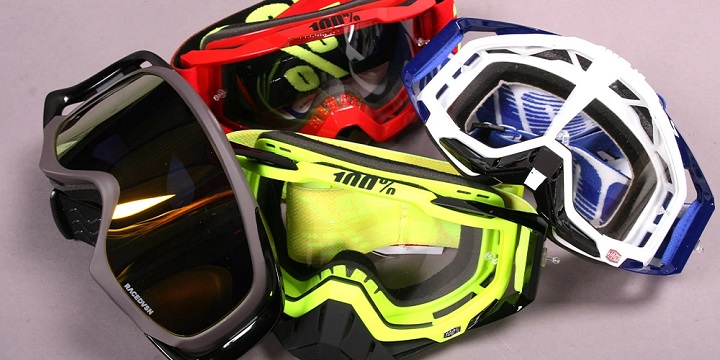
They protect you from the sun and against dirt, mud, dust, and rocks. They come in many designs and with lots of different features. You need them to have UV protection and different colours of the lens are used for different conditions.
Neck Brace
BMX neck braces are made to protect your neck during a fall. They do this by limiting the movement of your head. There are many designs but you need one that’s thin and light so your movement during riding is not restricted.
Gear Bag
This is useful to keep all of your gear safe and in one place. Knowing that you have one bag where you keep your gear can save you a lot of time.
BMX Pants and Jersey
These are specially designed for BMX racing. If you’ve decided that you want to continue riding, investing in proper apparel is a good idea. They are light, allow airflow, and the pants have padding in the knee, shin, and hip area. This provides you with extra protection and can be a replacement for soft-shell pads.
